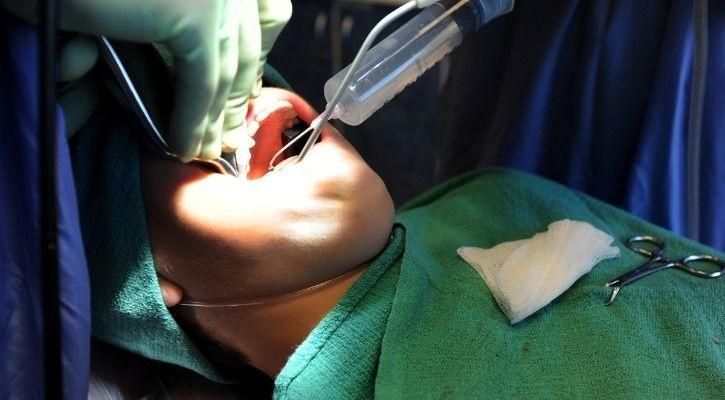No products in the cart.
Scientists create a new gel that lets your teeth repair smoothly, so no more Dentist visit
A team of researchers at China’s Zhejiang University have developed a new technique to have tooth enamel repair itself. For that, it is important to apply a special gel and repairing happens quite smoothly. One should apply this gel onto damaged teeth and by doing so, one can cut down on the number of dentist visits.
Enamel is hard and a thin outer covering of the tooth. It should be noted that the tough shell is the hardest tissue in the human body.

These aren’t perfect however, they can be worn down eventually by your teeth grinding (food and sweets) and at times those food particles get stuck between your teeth. When that happens, it leads cavities and then tiny holes in your teeth need to be filled in order to prevent them from decaying further.
But the issue is that these filings were made from the metal back in the day, and more frequently porcelain or resin today. Those materials don’t actually bind to the surface of the tooth, so sometimes they can die after many years.
In a bid to fix this, Ruikang Tang and his colleagues started working on an alternative material they could use as a ‘fix’. Their solution was a calcium and phosphate gel which can be applied to the teeth, which boosts them to self-repair, using the gel, which has the same set up of calcium and phosphate crystals as regular enamel.
According to the observations, this new enamel formed from the gel is just 3 micrometres thick, which is about 400 times thinner than undamaged enamel. However, Tang adds that the gel can be frequently applied to build up more layers.
After initially testing it on teeth removed from late donors, the team is now currently testing it on mice, with strong hopes of finally testing on people. They have to make sure that it is both effective in real-life mouth conditions so that people can eat and drink with when using it.












